The tool holder is the key interface between the cutting tool and the spindle of the machine tool. Failure of the tool holder will cause the tool holder to fail to function, resulting in shorter tool life and unreliable cutting processes.
Typical toolholder failures have the following forms:
-The chips are wrapped around the shank. Due to the friction between the shank, the workpiece and the chips, the shank is worn.
-Intermittent cutting forces cause the surface of the tool holder to fatigue.
-Tool shank deformation due to cutting force.
-Cutting heat and cutting temperature lead to a phase change in the structure of the tool holder material.
-Oxidation and corrosion of the tool holder.
-Wear of spare parts, accessories and connecting surfaces.
So, how to judge when to change the handle?
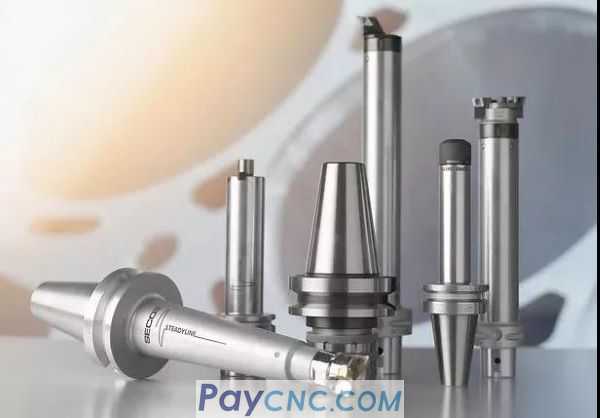
Check machine tool spindle wear and automatic tool changer alignment
A worn spindle can cause runout problems, affect the accuracy of the tool holder, and reduce the achievable workpiece quality and processing efficiency. The quality of the machine tool spindle can be evaluated, such as checking its T.I.R. (radial runout).
It is important to maintain the alignment of the ATC (Automatic Tool Changer). If ATC does not hold the tool holder well, it will cause damage to the spindle and the tool holder, and the tool performance and tool life will be significantly reduced.
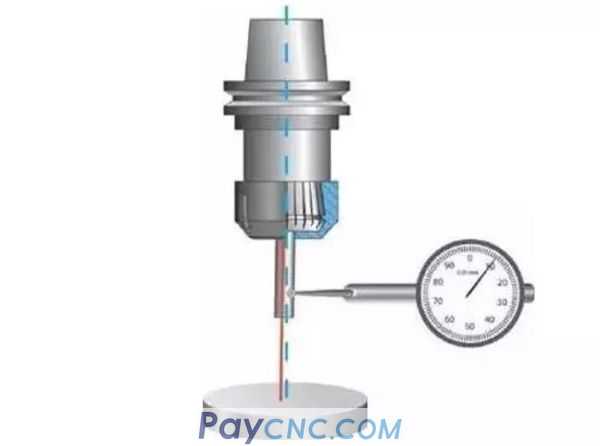
01 Evaluation of tool holder wear
Worn tool holders will not provide good accuracy and will quickly wear out the tool. It will also cause poor surface roughness and may even damage the machine tool spindle.
Cone wear / fretting wear
Check whether the positioning cone is worn or damaged. Any problems with the cone surface will directly affect the machining accuracy. If the cone surface has any defects, the tool holder should be replaced.
If there are obvious marks on the cone surface, fretting wear may have occurred. When two rigid parts (tool holder and main shaft) rub against each other, fretting wear will occur. Fretting wear is caused by poor coordination between the taper surface of the tool holder and the main shaft, and the wear will produce vibration and heat. If you can see small copper-colored pits or marks on the cone surface, this indicates that the tool handle is being worn. Fretting wear is often easily mistaken for oxidation. Once obvious fretting wear occurs, the tool holder should be replaced. If the new tool holder will quickly fretting and wear, or the tool holder is stuck in the spindle, it means that the spindle needs to be reground.
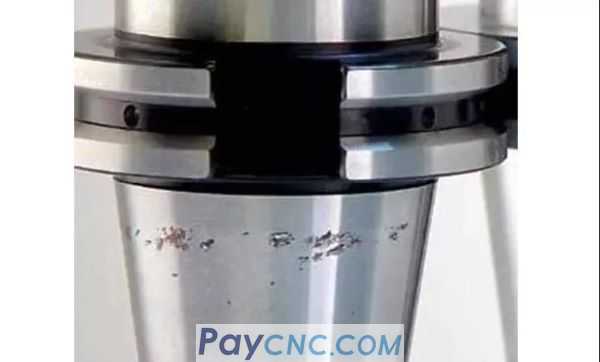
When the tool holder is inserted into the spindle, the worn tapered surface will cause eccentric positioning, which is called "jumping". Bounce during machining will cause premature tool wear and failure, and excessive vibration will result in poor surface roughness. In this case, additional machining is required to correct it. Vibration can also cause fatigue and heat generation of the spindle and damage to the spindle bearings. T.I.R. (radial runout) is used to measure the axial deformation of the tool in the tool holder assembly, and the life of the runout tool will be reduced by 10% per 0.02mm.
Bushings and collets
The bushings have special grooves and patterns that firmly clamp the tool and therefore wear faster than the chuck. Worn bushings will cause the tool to fail earlier. When the bushings wear significantly, they should be replaced to maintain the accuracy and performance of the tool-shank assembly.
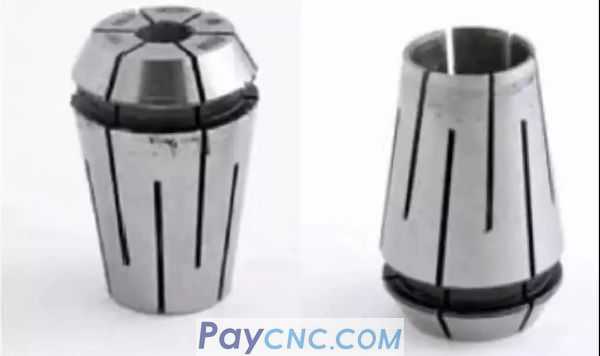
If there is any damage to the outer or inner diameter of the bushing, it should be replaced. The cutter rotates in the inner diameter of the bushing, which will cause damage to it, so check the traces in the inner diameter. Once damage occurs, the bushing cannot effectively clamp the shank, which will result in a reduction in clamping force and accuracy.
02 Preventive maintenance
When the tool holder is not in use, it should be wiped clean and sprayed with a light coating with anti-rust function. When the knife handle is put back into use, the "oil" should be wiped off before use. The correct concentration of coolant should be used, so that it can not only cool the cutting process, but also prevent the rust of the handle.
Since the handle is made of metal, if it is not handled properly, it will rust or produce small pits. If the worn or damaged tool holder is still running on a good quality spindle, it will cause premature failure of the spindle.
Spindle pull nails are a key accessory to maintain the connection between the spindle and the tool holder. Once there is a problem, the tool holder will fly out of the spindle. Some spindle pull pins are hollow and used to allow coolant to flow through the shank. When in use, the clamping mechanism in the spindle pulls it in, thereby keeping the tool holder on the spindle. Spindle pull nails need to be regularly inspected for signs of wear, cracks or other damage. Defective spindle pull nails need to be replaced or they will be dangerous.
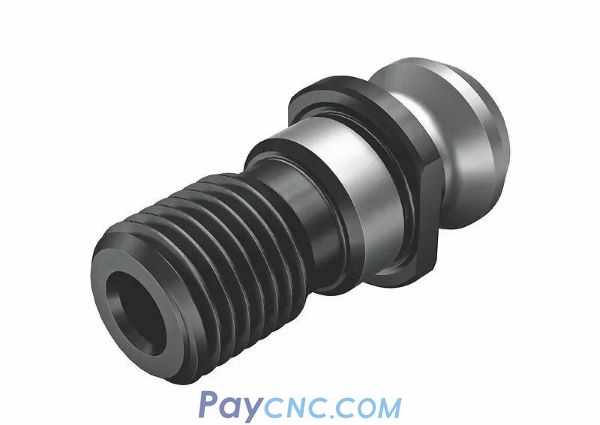
In order to ensure the performance of the tool holder, the overall environment must be kept clean. The tool holder needs to work within the micron tolerance range. If any dirt, dust, oil, swarf or other contaminants remain on the spindle, the tool cone surface and the front clamping system will cause poor TIR (radial runout), resulting in Premature wear of tools, tool holders and machine tool spindles. It is recommended for regular preventive maintenance, including regular cleaning and inspection of the machine tool spindle and tool holder, which will help improve the processing performance.
It is also recommended that the T.I.R. of the tool holder assembly be periodically inspected to verify that the tool holder is worn. Special tool assembly equipment is required to correctly assemble the tool holder assembly to maintain the safety of the production workshop and prevent premature damage to the cutting tools. Reasonable maintenance and use of tool holders are the most cost-effective way to increase machine tool productivity, reduce downtime, and reduce the number of unqualified workpieces. Although the tool holder cost only accounts for a small part of the processing cost, it has a great impact on productivity and cost efficiency.
03 Practical guidelines for tool holder maintenance
1. Regularly clean all accessories and spare parts, tool holder (handle and head) and spindle. Apply a layer of oil when not in use to prevent oxidation.
2. Remove the Graflex or Capto assembly regularly for cleaning and inspection.
3. Store the handle in a clean, dry place.
4. Visually check the wear of the tool handle, such as traces of fretting corrosion. At the same time, all the accessories and spare parts can be viewed visually: bushings, spindle screws, nuts, etc., and if necessary, replace them.
5. Always use specific installation and removal equipment, such as Tool Boy tool unloader.
6. Do not twist the screw excessively and the torque limit given by it must not be exceeded. Wrench cannot be clamped without torque screw.
7. The recommended screw rotation speed of the hydraulic clamping system cannot be exceeded. Regularly regulate the pressure of the hydraulic chuck with calibrated instrument.
8. Do not let the fixture overheat.
9. Follow the instructions of the cutter.
10. When using the Steadyline tool holder, the maximum speed cannot be exceeded and the operating temperature cannot exceed 80°C.
|
 |
| Products Catalogue | Home | About Us | Retrofit | Download | News | Tech Support | Contact Us | |
|
|
|
